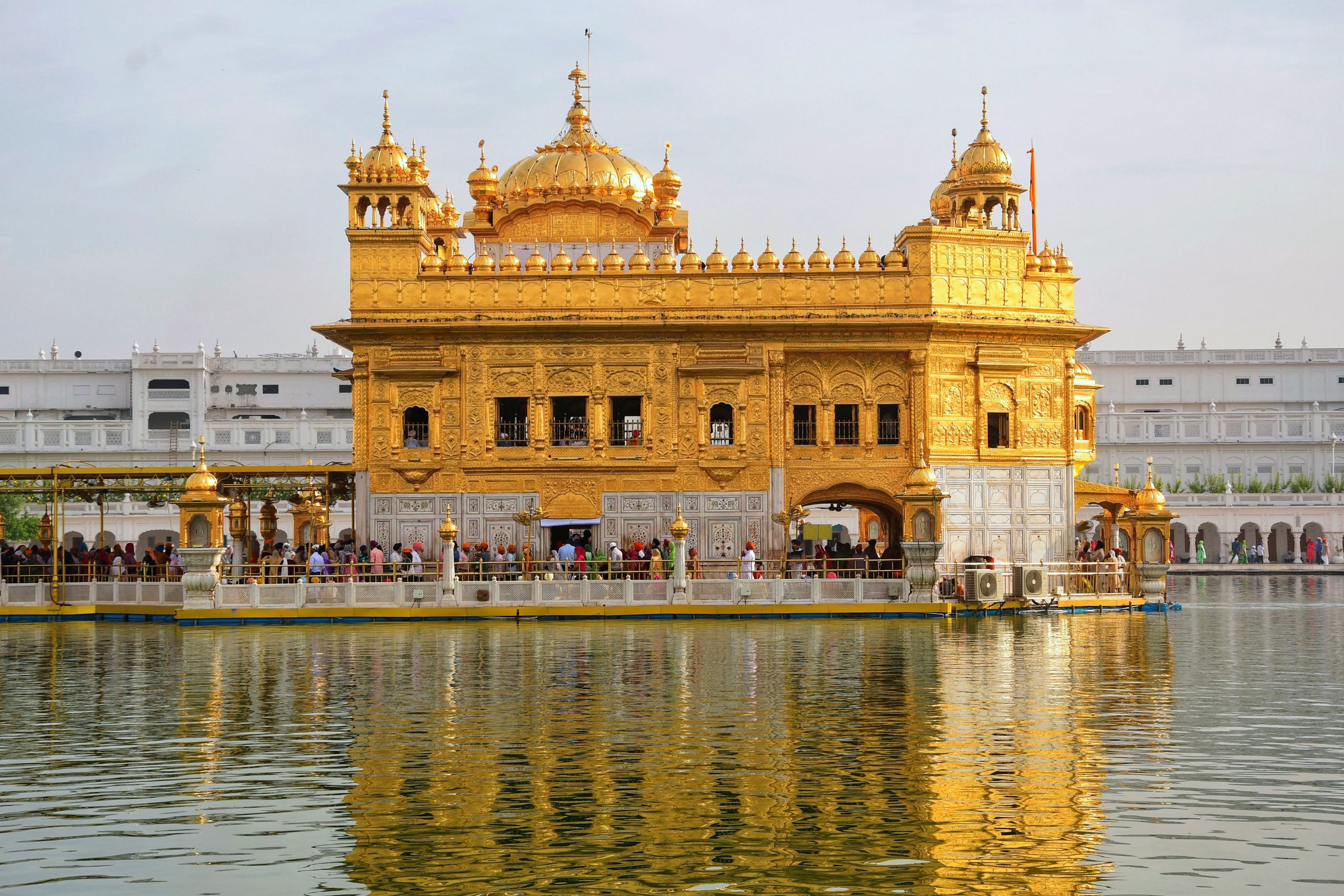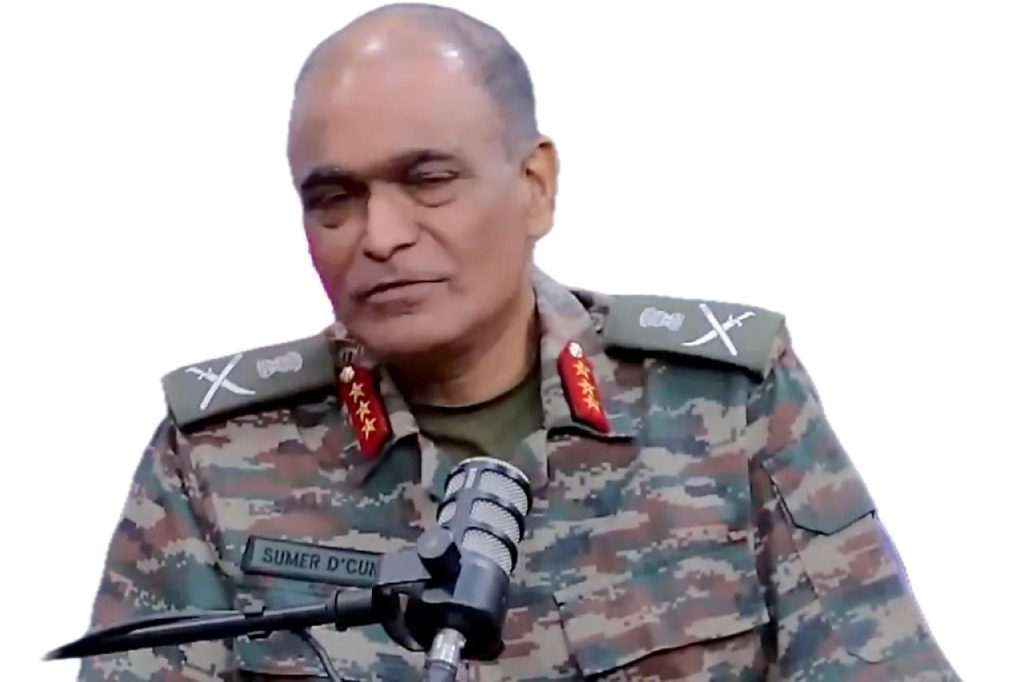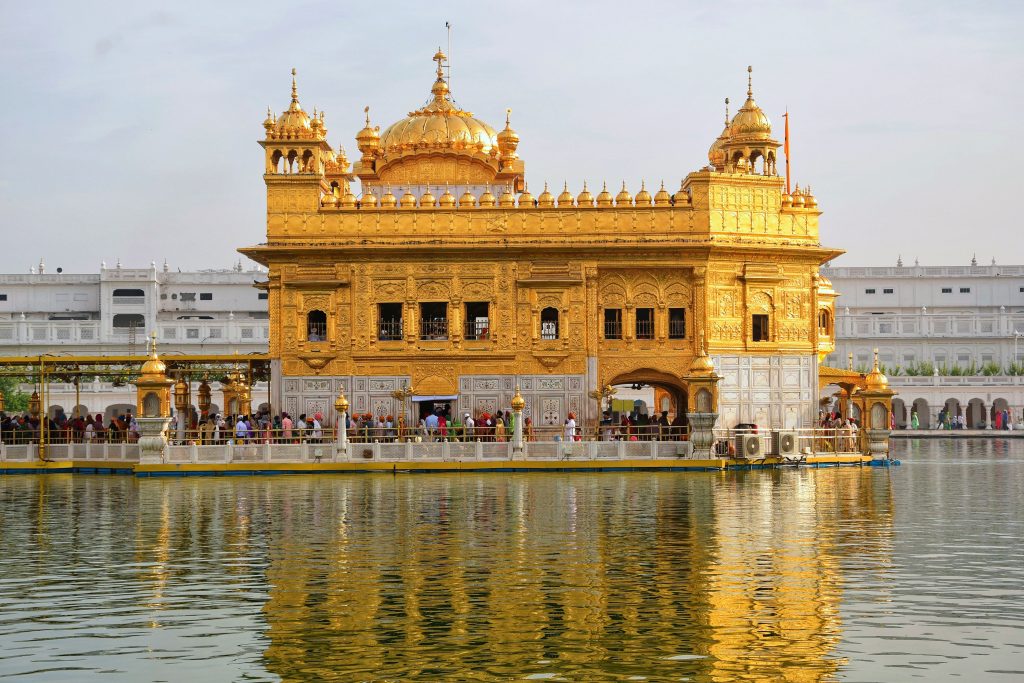
The Indian Army recently found itself at the center of a controversy after reports emerged about the deployment of air defense systems near the Golden Temple in Amritsar. The sacred Sikh shrine, one of the most revered religious sites in India, became the subject of heated debates when a senior Army officer’s remarks were misinterpreted, leading to widespread media coverage. The Army swiftly denied these claims, calling them “misleading and out of context.” This incident has reignited discussions on national security, religious sensitivities, and the delicate balance between military preparedness and public perception.
Golden Temple Head Granthi Slams Claims of Air Defence Gun Deployment
On Tuesday, Giani Raghbir Singh, the head granthi (chief priest) of the Golden Temple, publicly refuted the recent claims made by Lieutenant General Sumer Ivan D’Cunha, Director General of the Indian Army’s Air Defence Corps. Lt Gen D’Cunha had stated that he received permission to deploy air defence guns within the Golden Temple complex during Operation Sindoor to counter potential drone and missile attacks from Pakistan.
Dismissing the remarks as “propaganda,” Giani Raghbir Singh clarified that no such conversation or authorization ever took place. “I was not contacted by any army officer regarding this matter. There was absolutely no communication concerning the deployment of air defence systems, nor did any such event occur at Sri Darbar Sahib,” he stated. Giani Raghbir further revealed that he was on leave in the United States from April 24 to May 14, during which the alleged deployment was said to have taken place. “The conflict began after I had left and concluded before I returned,” he added.
Source: DNA India NEWS
The head granthi urged the Shiromani Gurdwara Parbandhak Committee (SGPC) to conduct a thorough investigation into the Army’s claims. He also recommended that if any SGPC official is found to have been involved in unauthorized communication or decisions related to this issue, appropriate departmental action should be taken.
Lt Gen D’Cunha Speaks
In an exclusive interview, Lieutenant General D’Cunha, a key strategist in Northern Command, provided critical context, calling earlier media interpretations “a gross misrepresentation of operational discussions.
Lt Gen D’Cunha’s Statement:
Speaking to [News Outlet], Lt Gen D’Cunha clarified:
Our briefing explicitly addressed Punjab’s broader air defense preparedness, not the Golden Temple. To suggest otherwise ignores both our operational protocols and our deep respect for places of worship.

Read Also: Surgical Strikes and Their Impact
The Controversy: Claims and Denials
Controversy arose when Lt Gen D’Cunha claimed in an interview that the head granthi of the Golden Temple had permitted the deployment of air defence guns within the shrine complex to counter potential threats from Pakistan during Operation Sindoor. He mentioned that, for the first time in many years, the Golden Temple’s lights were switched off to enhance the detection and engagement of drones .
However, this statement was met with strong rebuttals from Sikh religious authorities. Giani Raghbir Singh, the head granthi of the Golden Temple, refuted the claim, stating that he was not contacted by any army officer and that no such deployment occurred at Sri Darbar Sahib. He emphasized that he was on leave in the US during the period in question and called for a probe into the army’s claims
The Shiromani Gurdwara Parbandhak Committee (SGPC) also denied granting permission for any such deployment. SGPC president Harjinder Singh Dhami clarified that the administration only contacted them about switching off the lights during a blackout, and they fully cooperated while maintaining the sanctity of the ongoing religious practices.
Indian Army’s Clarification
In response to the controversy, the Indian Army issued a statement denying the deployment of air defence guns within the Golden Temple premises. The statement emphasized that no air defence guns or any other air defence resources were deployed within the premises of Sri Darbar Sahib Amritsar (The Golden Temple).
The Army attributed the claims to “media reports” and clarified that the information suggesting such deployment was inaccurate. This clarification aimed to dispel circulating rumors and misinformation, ensuring that sensitive religious sites are respected and remain uninvolved in military operations.

Read Also: India-Pakistan Ceasefire Extended?
Why Punjab’s Air Defense is Crucial for National Security
As a border state, Punjab remains a high-priority zone for defense preparedness. Recent security threats, including drone intrusions and smuggling activities, have led to increased military vigilance.
Security Challenges in Punjab
- Pakistan Border Threats: Punjab shares a volatile border, requiring constant surveillance.
- Drone Infiltration: Multiple incidents of drones dropping weapons and drugs have been reported.
- Counter-Terrorism Readiness: The state has a history of militancy, necessitating robust defence mechanisms.
Despite these security needs, the Indian Army ensures that operational activities do not interfere with religious or civilian spaces.
Golden Temple’s Significance and Sensitivity
The Golden Temple (Harmandir Sahib) is the spiritual heart of Sikhism, embodying peace and inclusivity. Any perceived military presence near the shrine triggers strong reactions due to historical events like Operation Blue Star (1984).
Why the Misreporting Sparked Outrage
- Symbolic Value: The temple represents Sikh pride and religious freedom.
- Past Trauma: The 1984 military operation remains a painful memory for the community.
- Trust Issues: Misinformation can strain civil-military relations.
Army’s Official Response and Damage Control
The Indian Army swiftly issued a statement to clarify the situation, stressing:
- No air defense systems were placed at the Golden Temple.
- The officer’s comments were about general security, not targeting any religious site.
- The media misrepresented the facts, leading to unnecessary controversy.
Lessons Learned
- Clearer Communication: Officials must ensure precise language to avoid misinterpretation.
- Media Accountability: Fact-checking is essential before publishing defense-related news.
- Public Awareness: Relying on official statements over speculative reports is crucial.
India’s Evolving Air Defense Strategy
India has been strengthening its air defense capabilities to counter modern threats like drones and aerial strikes.
Recent Upgrades in Air Defense
- S-400 Missile Systems: Deployed along border areas for advanced protection.
- Anti-Drone Technology: Enhanced surveillance to detect and neutralize rogue drones.
- Domestic Developments: Indigenous systems like Akash missiles bolster self-reliance.
Conclusion
The Indian Army’s denial of deploying air defence guns at the Golden Temple underscores the importance of clear communication and respect for religious sentiments during military operations. While Operation Sindoor successfully neutralized aerial threats from Pakistan, the controversy highlights the need for transparency and coordination between military authorities and religious institutions to maintain public trust and ensure the sanctity of revered sites.
As tensions between India and Pakistan continue to evolve, the Indian Army’s commitment to safeguarding the nation’s security while respecting cultural and religious sensitivities remains paramount.





